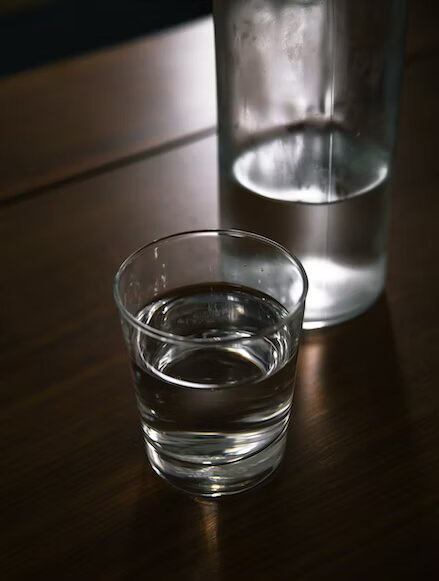Common Sources of Water Contamination in Your Home & What To Do

Each of you works hard and strives for a better and healthier life for yourself and your family, but there are numerous factors that can jeopardize your health. Contaminated water is one of the most common factors, and it is up to you to prioritize this issue and take precautions to avoid risks that could harm your health.
In this article, we will discuss the most common sources of water contamination in your home and how to deal with them.
How Contaminated Water Can Harm Your Health
Water is one of the factors that guide life, and without it, there would be no existence. However, water can become contaminated for a number of reasons, and you should prioritize health screening and prevention.
We have listed below what consequences can be caused by polluted water:
- You risk your health if you drink contaminated water because it can cause many diseases such as cholera, diarrhea, dysentery, hepatitis A, typhoid, and polio.
- You will damage the skin of your face and body while cleaning with dirty water and this will also affect your hair.
- The impure water you use to clean kitchen equipment and generally for cooking can be harmful to your health.
- When water is contained, it can have a negative impact on plants and pets.
- When you can’t access clean water, you will feel more stressed and nervous.
- When you don’t have clean water, you have to buy it from the store, which increases your expenses.
Continue reading to learn more about common sources of water contamination in the home.
Common Sources of Water Contamination in Your Home
- All contaminants can enter the water supply through old pipes in the kitchen and bathroom, risking your health. As a result, make sure to replace the pipes on a regular basis.
- Having osmosis systems at home can help keep drinking water clean because they are very effective at separating impurities from pure water. Water is forced through a membrane in reverse osmosis, allowing pure water molecules to pass through while impurities such as dissolved minerals, salts, and other contaminants are left behind and flushed away.
- Pesticides are one of the factors that can cause water contamination; therefore, avoid using pesticides and fertilizers in the garden, as they can seep into the ground and potentially contaminate the groundwater supply.
- Sewer lines are another factor that can harm the water. They contain harmful bacteria and viruses, and when mixed with clean water, they put lives at risk.
- Make sure to dispose of items in the proper location; for example, batteries can cause the water to be unclean, whereas disposing of them in the trash can contaminate the water supply.
- Household chemicals can also contaminate the water supply if they are not disposed of properly therefore be careful during the cleaning process.
Water contamination can occur in other parts of the house. But first, let’s go over the most common contaminants found in drinking water.
Getting Professional Assistance to Ensure Water Purity
While adopting proactive measures on your own is important for maintaining water purity, getting professional aid can add an extra degree of assurance. Consulting with plumbing and water treatment specialists can assist you in identifying potential weaknesses in your home’s water supply. A professional like Lexington plumber may analyze your plumbing system thoroughly, provide proper maintenance schedules, and advise changes to reduce contamination hazards. Furthermore, periodic water testing by certified laboratories can provide insights into the quality of your water and aid in the detection of any potential issues. You may strengthen your efforts to protect your family’s health and well-being by collaborating with water safety experts.
Contaminants Found in Drinking Water
Among the many contaminants that can be found in drinking water are heavy metals (lead, mercury, and arsenic), nitrates, aluminum, fluoride, radionuclides, Pharmaceuticals (medications, hormones, and chemicals ), and Microorganisms (bacteria, viruses, and parasites)
While it may not be possible to eliminate all contaminants from drinking water, steps can be taken to minimize exposure. This includes regularly replacing old pipes, using a water filter, and being aware of potential sources of contamination in your area. Additionally, overall sources of water pollution such as industrial waste, wastewater and sewage, marine dumping, oil spills, and chemical fertilizers must be properly managed to avoid harm to both human and environmental health.
Conclusion
People must save the earth and their lives in a variety of ways, as there are numerous factors that endanger life, one of which is contaminated water.
You should take precautions to protect your health from contaminated water by changing pipes and tubes on a regular basis and using a reverse osmosis system and not throwing pesticides in the garden. Sewer lines are another factor that can contaminate the water. Therefore you can save your health and your family’s health by taking different actions.





